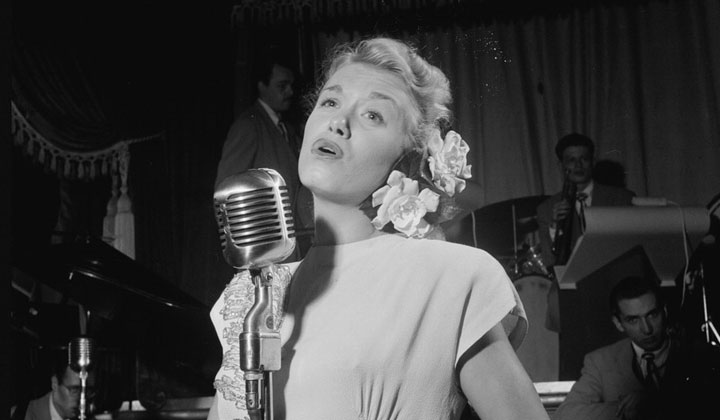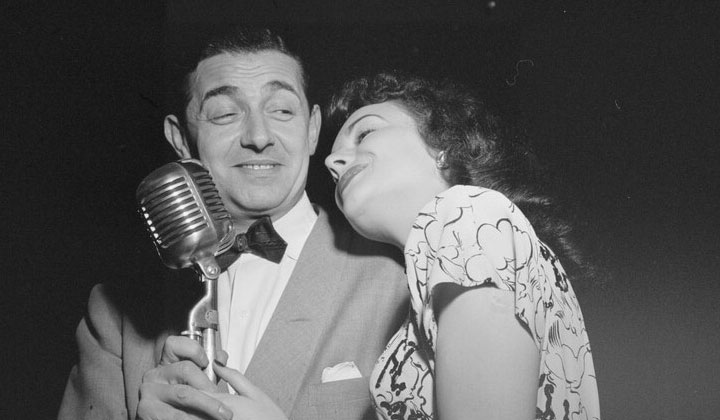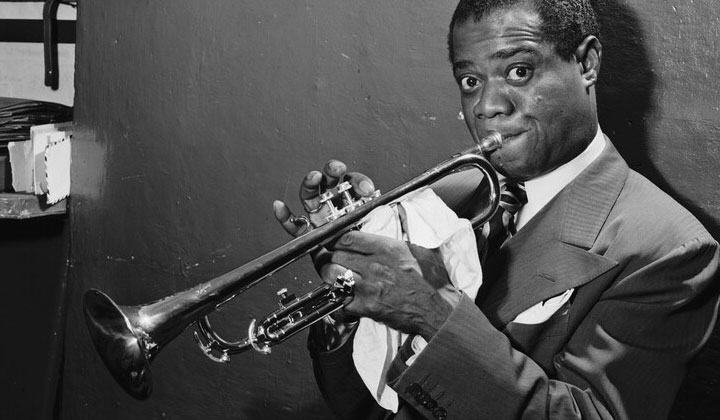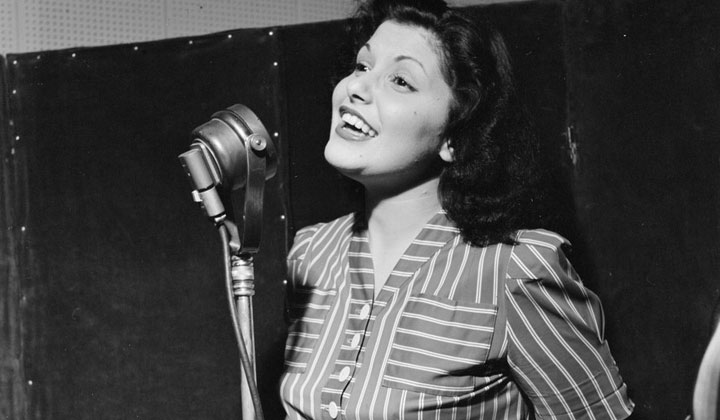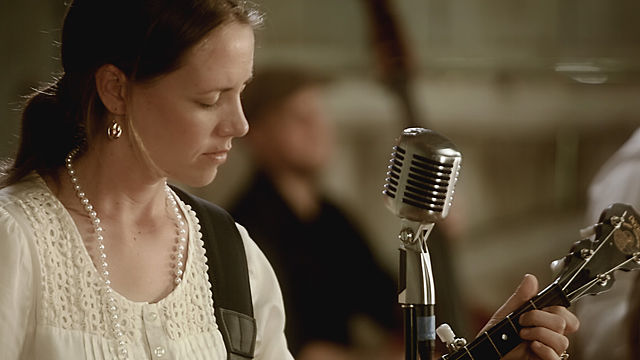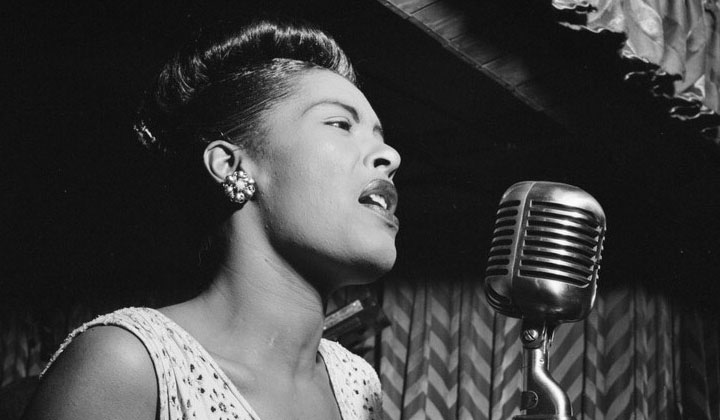
So here’s what you need to know. First of all, there’s a difference between “volume” and “loudness.” The former you can control with the knob or button on your stereo/radio/computer/iPod/Victrola/whatever. The latter is decided upon before you ever buy the music. “Loudness” is the built-in volume of each element of each track, levels that are usually determined in the mixing or mastering stage of music production. The more “loudness” is applied to a track, the less it has in the way of dynamics—the quiet parts of a song become just as loud as the noisy parts. When “Maintain the Pain” slams into its chorus, for instance, the dramatic impact is lessened because the “quiet” intro isn’t really quiet at all. Continue reading
